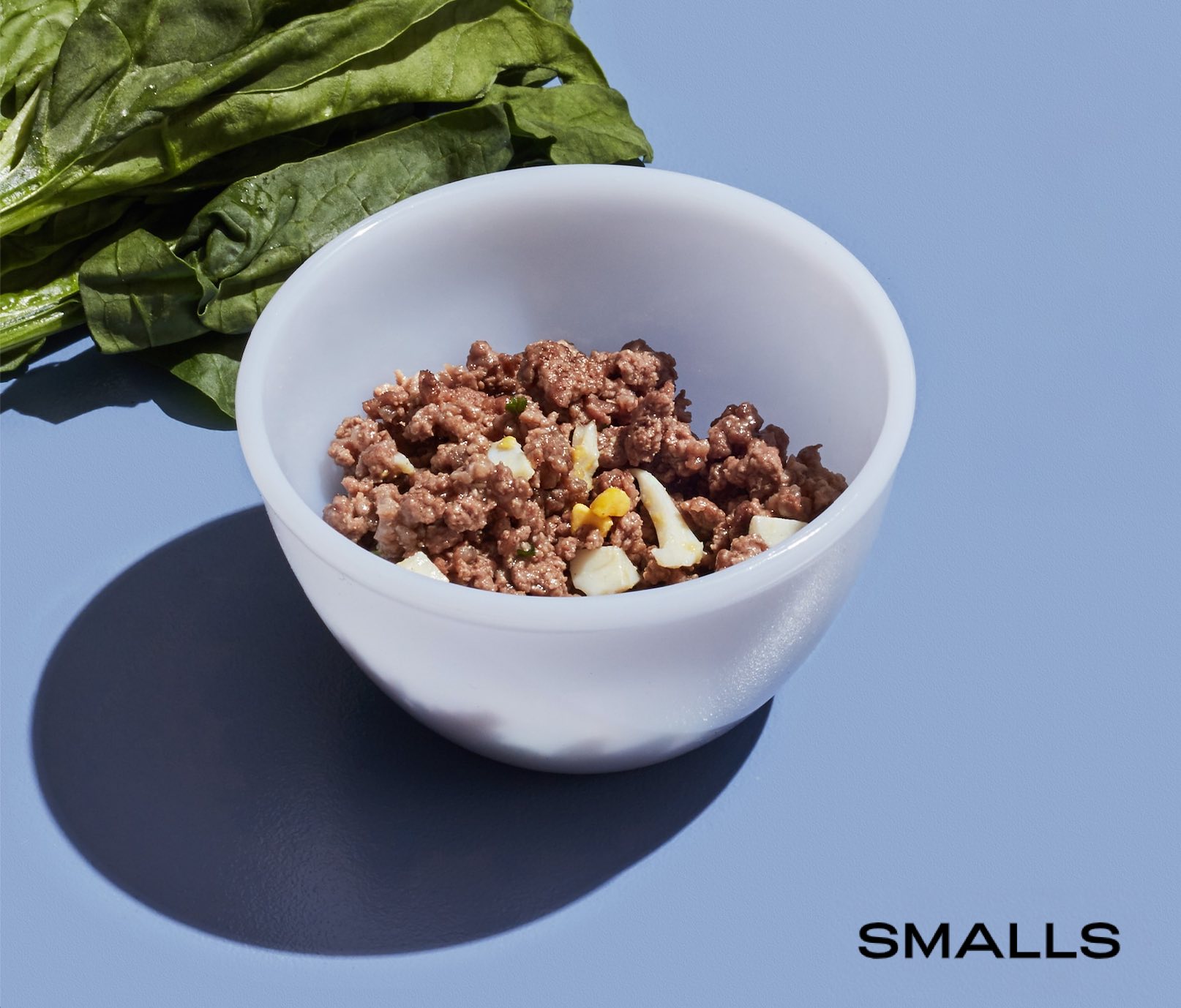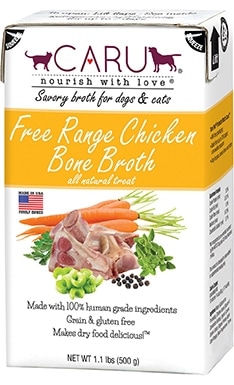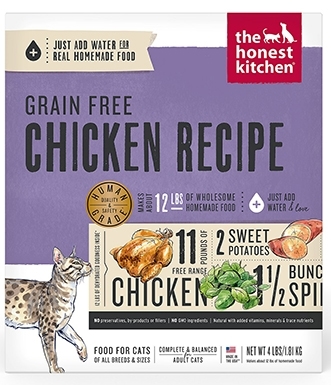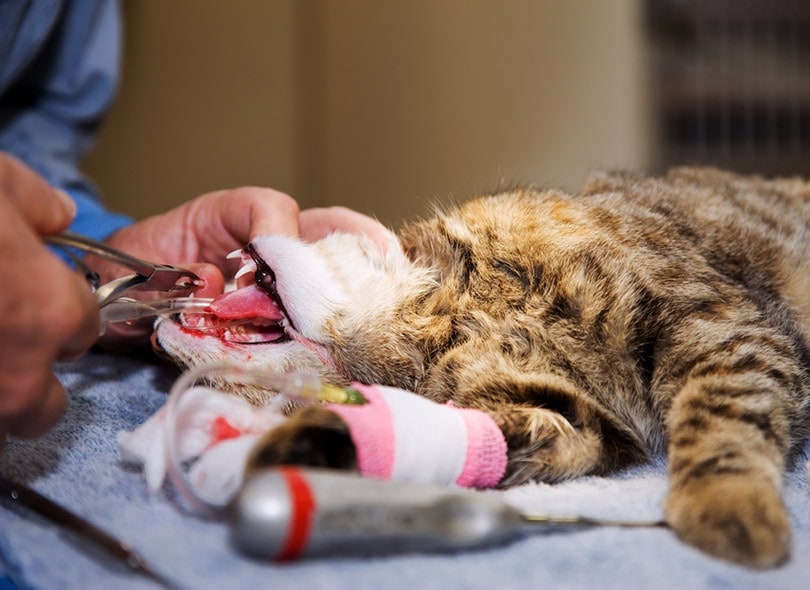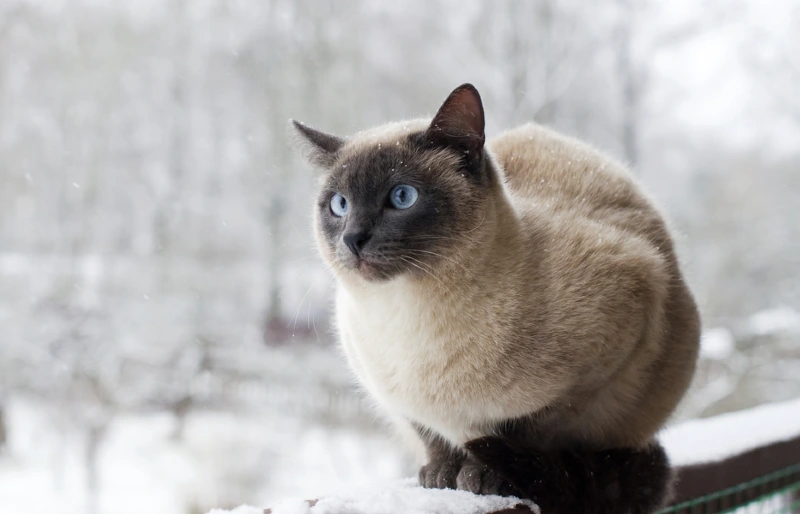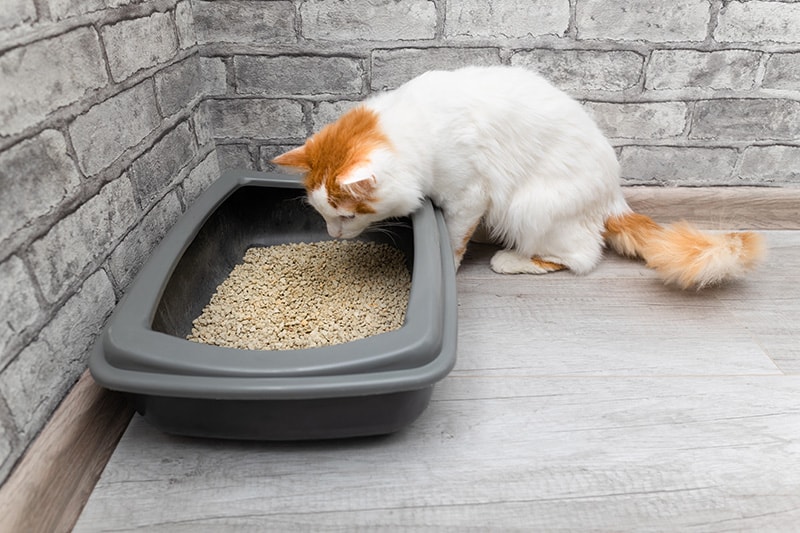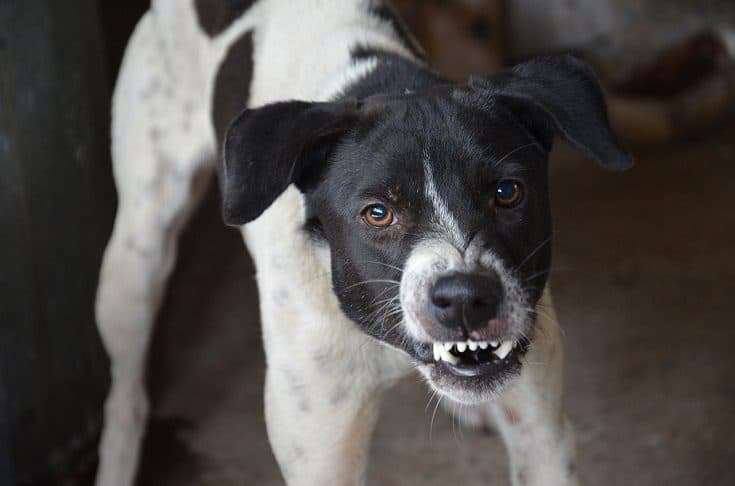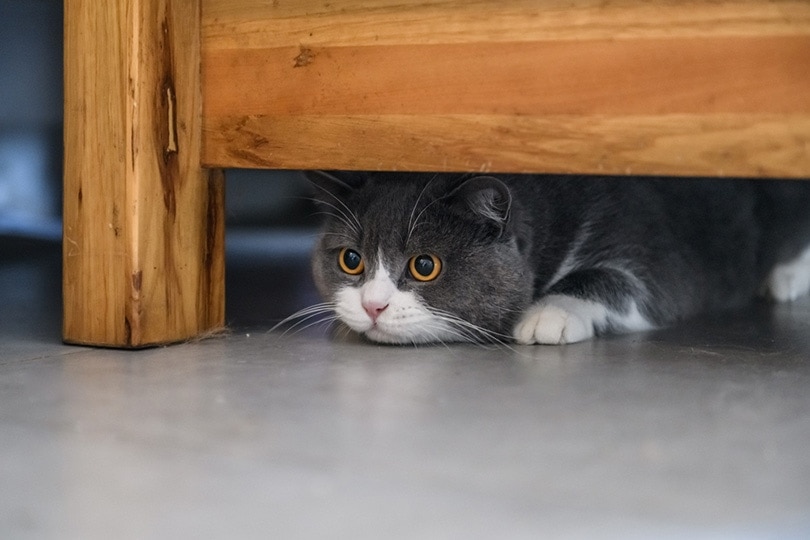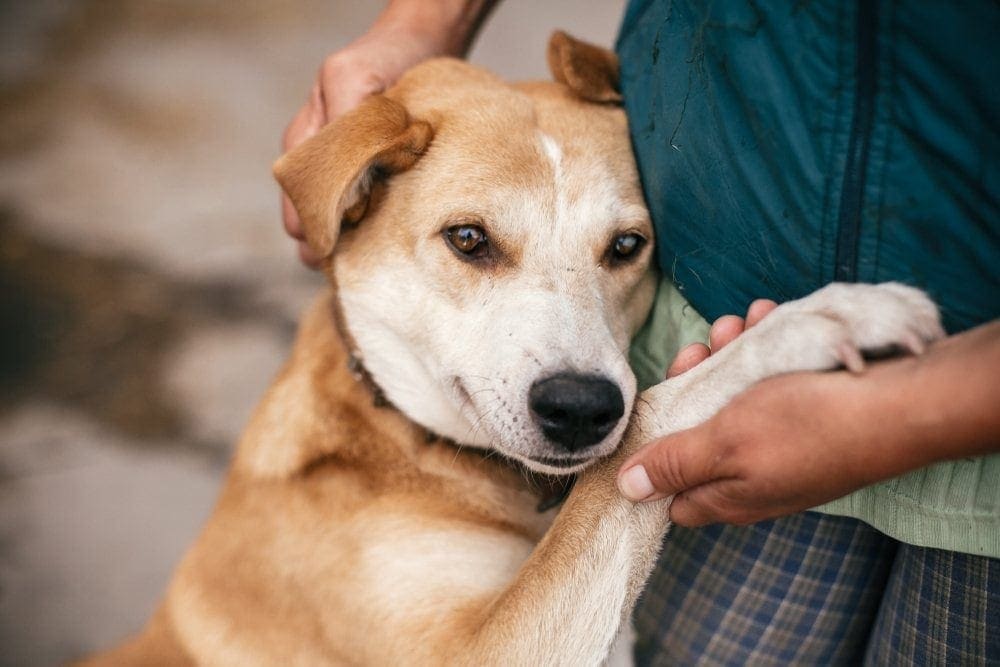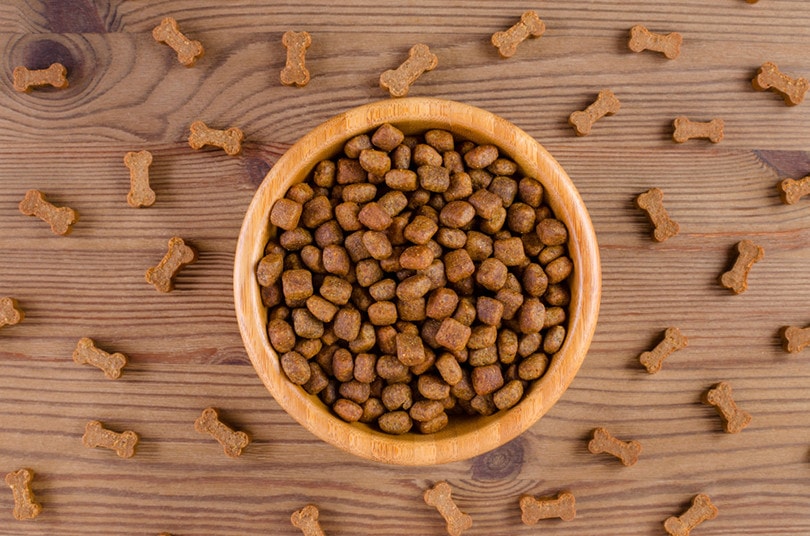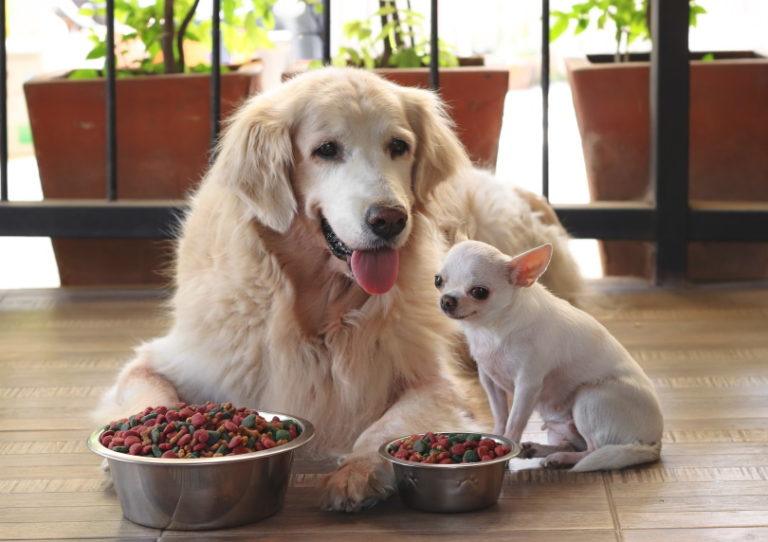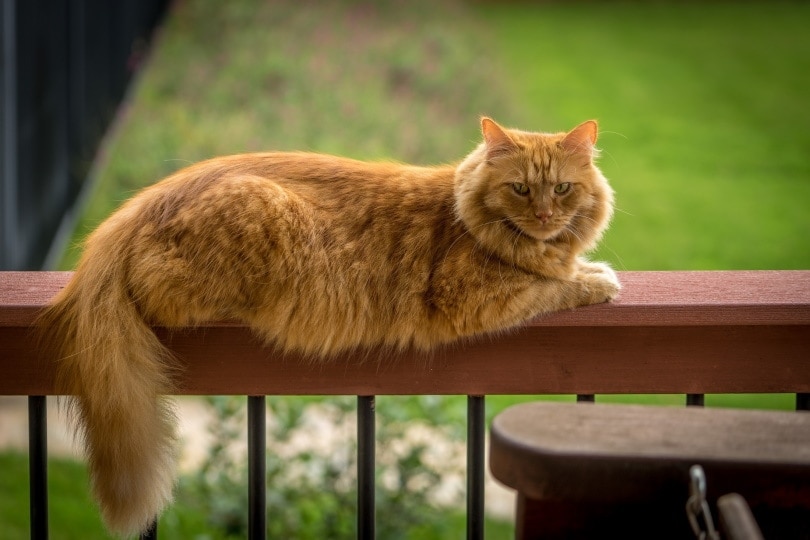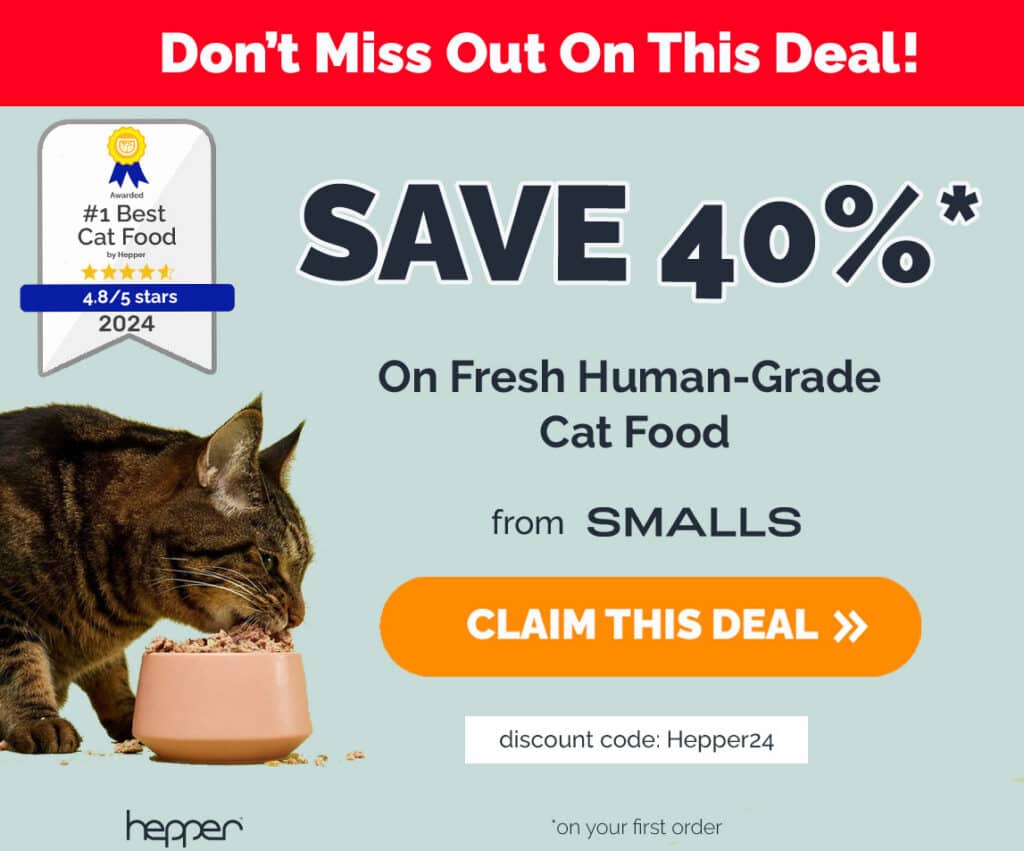5 Best Human-Grade Cat Foods – 2024 Reviews & Top Picks
Updated on
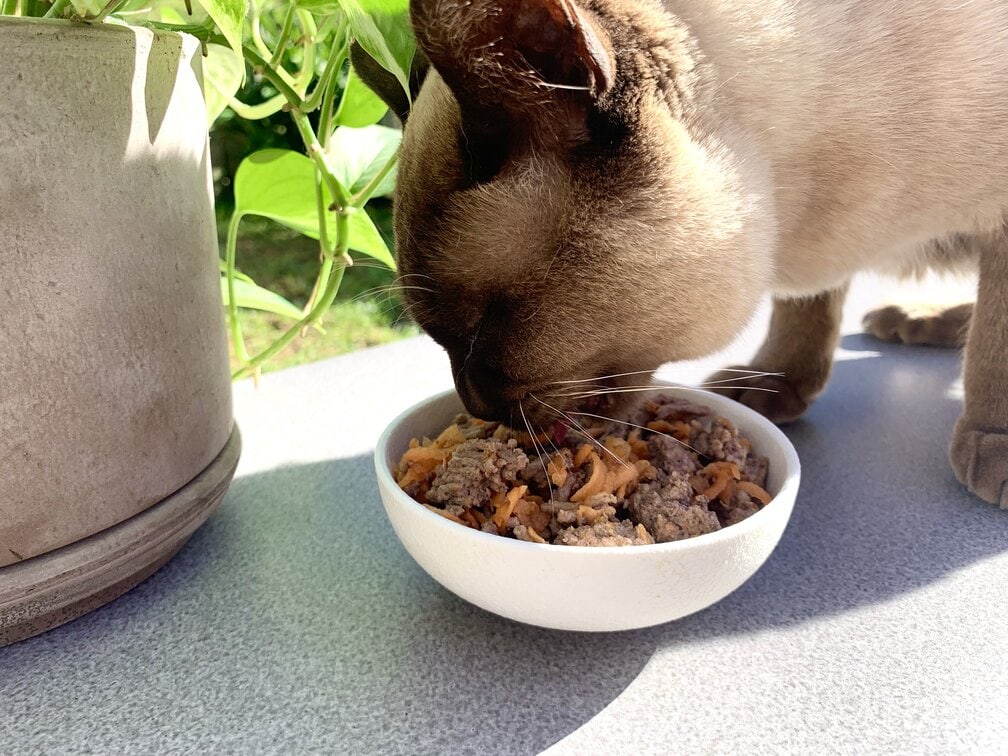
Are you confused by the list of ingredients on the cat food label? You are not the only one. The marketing of pet foods containing human-grade ingredients is becoming common. It appeals to many pet owners, but it is important to understand that this term has no legal definition and is used primarily for marketing.
According to the Association of American Feed Control Officials (AAFCO), the term “human-grade” has no definition in any animal feed regulations.1 So, given the current lack of official human-grade cat food regulations, it is not easy to determine the best options for your feline companion.
However, after reviewing the brands available online and consulting expert sites such as PetMD, AAFCO, and the United States Department of Agriculture (USDA), we have selected the five best human-grade cat foods on the market.2 Nevertheless, we suggest you also discuss it with your veterinarian, who can guide you toward the best option for your kitty’s needs.
Disclaimer: The foods reviewed here were chosen because they have certain characteristics that might help with some of the causes or consequences of this medical condition. However, they are not a medical treatment or a substitute for medical treatment. Keep in mind that each medical case is different and what works for some pets may not work for others. Your veterinarian is the right person to advise you on the best diet for your pet’s individual case.
A Quick Comparison of Our Favorites (2024 Update)
| Rating | Image | Product | Details | |
|---|---|---|---|---|
| Best Overall |

|
Smalls Fresh Cat Food |
|
Click to Save 40% Use code: Hepper2023 |
| Budget Buy |

|
Caru Free Range Chicken Broth for Cats |
|
Check Price |

|
Open Farm Homestead Turkey Dry Cat Food |
|
Check Price | |

|
The Honest Kitchen Chicken Dry Cat Food |
|
Check Price | |

|
Lotus Venison Stew Canned Cat Food |
|
Check Price |
The 5 Best Human-Grade Cat Foods
1. Smalls Human Grade Fresh Cat Food Subscription – Best Overall
| Type of food: | Fresh |
| First ingredients: | Ground Beef (90% Lean), Beef Liver, Green Beans |
| Protein: | 21.6% |
| Grain-free: | Yes |
Cats absolutely love the recipes, and there are different options available depending on your kitty’s favorite protein source (beef, turkey, duck, or chicken). All in all, we think Smalls is the overall best human-grade cat food available this year.
- USDA-certified ingredients
- No BPAs, preservatives, fillers
- Good for gastrointestinal issues
- More expensive than kibble
- Must live in the United States
2. Caru Free Range Chicken Broth Cat Food – Budget Buy
| Type of food: | Bone broth |
| First ingredients: | Water, Chicken Bones, Organic Carrots |
| Protein: | 3.5% |
| Grain-free: | Yes |
However, while the label says all cats love the taste, some owners reported that their felines don’t really enjoy this bone broth.
- Great human-grade cat treat
- Organic ingredients
- USDA-inspected chicken bones
- No artificial preservatives, flavors, or colors
- Some cats may not like it
3. Open Farm Homestead Turkey Rustic Blend Dry Cat Food
*Use code HEPPER20 and save on your first auto-ship order.
| Type of food: | Wet |
| First ingredients: | Humanely raised turkey, turkey bone broth, pumpkin, carrots, spinach |
| Protein: | 8.1% min and 44.99% on a dry matter basis |
| Grain-free: | Yes |
It also includes pumpkin, carrots, spinach, red lentils, cranberries, garbanzo beans, chicory root, and coconut oil for a perfect blend of nutritious ingredients, creating a complete and balanced diet that meets the standards set by the AAFCO Cat Food Nutrient Profiles. No grains or potatoes have been added to this species-appropriate high-protein and low-carbohydrate diet
It’s also free of artificial flavors, colors, or preservatives. Homestead’s unique package is resealable and can safely be refrigerated after opening. The formula can be used as a complete meal or a topper to add flavor and nutrition to dry food. You can also instantly trace each bag back to the source by scanning the lot code on it as part of their transparency standard.
However, this high-quality food and service come at a price that might not be affordable for most budgets, let alone if you have multiple small mouths to feed.
- Humanely raised Turkey as a source of best quality protein
- Made with real and whole ingredients
- Meet AAFCO standards
- High in protein
- Resealable and recyclable package
- Expensive
4. The Honest Kitchen Grain-Free Chicken Dry Cat Food
| Type of food: | Dehydrated Cat Food |
| First ingredients: | Dehydrated Chicken, Eggs, Potatoes |
| Protein: | 39% |
| Grain-free: | Yes |
Moreover, it meets AAFCO standards, which is a guarantee of complete and balanced nutrition. However, it’s also expensive and contains eggs, which may not be suitable for cats with allergies.
- High-protein
- Meet AAFCO standards
- No by-products, preservatives, or GMO ingredients
- Expensive
- Not suitable for egg allergies
5. Lotus Just Juicy Venison Stew Wet Cat Food
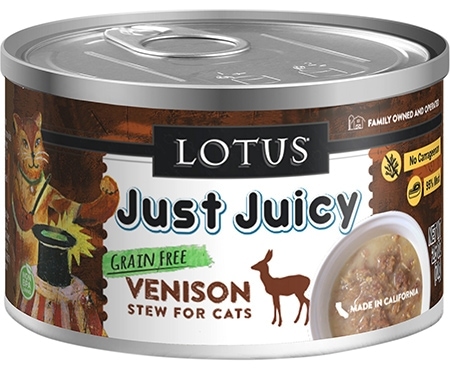
| Type of food: | Wet |
| First ingredients: | Venison, Venison Broth, Carrots |
| Protein: | 13% |
| Grain-free: | Yes |
However, Lotus Just Juicy is an expensive option, and the manufacturer seems to have changed its formula recently, and a few cat owners have complained about the lower amount of juice.
- High-quality proteins
- Limited list of ingredients
- Expensive
- Contains potato starch

Buyer’s Guide: How to Select the Best Human-Grade Cat Food
What exactly is human-grade cat food?
Human-grade means that the ingredients used in the cat food meet the demanding sanitary rules of human hygiene. It also indicates that the product in question is safe for human consumption. While the food manufacturing process is strictly regulated for human food, it remains less essential in the feed chain.
However, food safety is as essential for the animal’s health as it’s for its owner. Preventing pollution with pathogenic bacteria or any other undesirable substances in food helps prevent food poisoning. On the other hand, the only way to manufacture pet food containing ingredients deemed to be “human-edible” is never to let the meat leave the human food chain, to manufacture it in facilities intended for food suitable for human consumption, and transport it in trucks intended for food for human consumption.
Thus, the claim of a product indicating that it contains “ingredients for human consumption” is therefore false if the product is not manufactured in facilities intended for food for human consumption.
Should you buy human-grade cat food?
The bottom line is that your cat needs food that is high in protein and several other nutrients for optimal health. Perhaps more importantly, you and your cat need very different nutrients. Just because a particular can of cat food is labeled “human-grade” doesn’t necessarily make it the best choice. In general, if you read reviews or talk to your vet, you can choose a high quality cat food that’s right for your pet, and you’ll know you’re doing what’s best for your furry friend.
Regardless of the type of food your feline companion prefers, finding a bowl that is sure to keep the mess contained can be tough. Our Hepper NomNom Cat Bowl features a wide tray designed to ensure that all food stays exactly where it should—inside the bowl and off the floor. The whisker-friendly bowls fit securely into the PP plastic base and are low and wide to prevent whisker fatigue. Its contemporary style will fit seamlessly into any home and it is completely dishwasher safe.
- NO MESS - The 360° tray on this cat food and water bowl set has a raised design to catch and...
- WHISKER FRIENDLY - Shallow and wide metal containers with flat bottoms ensure your kitty can enjoy...
Tips to help you understand what ingredient labels say
- The ingredient list isn’t the only method to use in choosing the best food for your cat, as this list does not provide enough information on the quality of the ingredients or the nutritional value of the product as a whole.
- Rather than focusing on the ingredients, pet owners should consult the AAFCO profiles on nutrients in pet food as well as the quality control protocols put in place by the manufacturer.
- The list of ingredients can be organized in such a way as to make the food as appealing as possible to consumers (e.g., listing the veal first in the list) or to include ingredients that appear desirable in the diet, but often they are in amounts so small that they have little or no nutritional benefit (e.g., artichokes and raspberries listed after vitamin and mineral supplements).
- The number of ingredients does not make food more nutritious.
- Just because cat food is not advertised as “human-grade” does not mean its ingredients are poor quality.

Conclusion
What you should take away from our human-grade cat food reviews is that there are, indeed, quality choices on the market right now. Smalls and Open Farm are our favorite options; the freshness of the ingredients and especially the fact that the recipes meet AAFCO standards are a guarantee of high quality that can’t be beaten!
It’s best to discuss which brand is suitable with your vet, and if they conclude that human-grade food is an appropriate choice, you can come back to our list and satisfy your kitten’s palate!
Featured Image Credit: Nicole Cosgrove | Hepper




